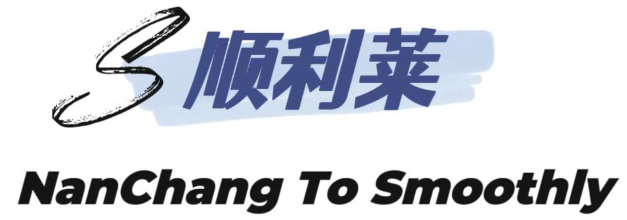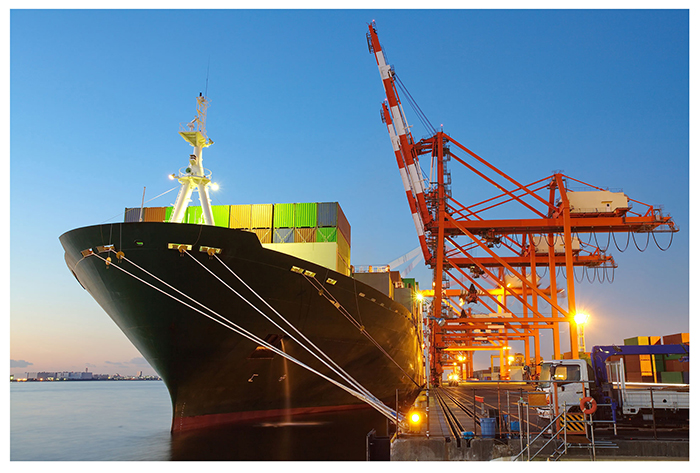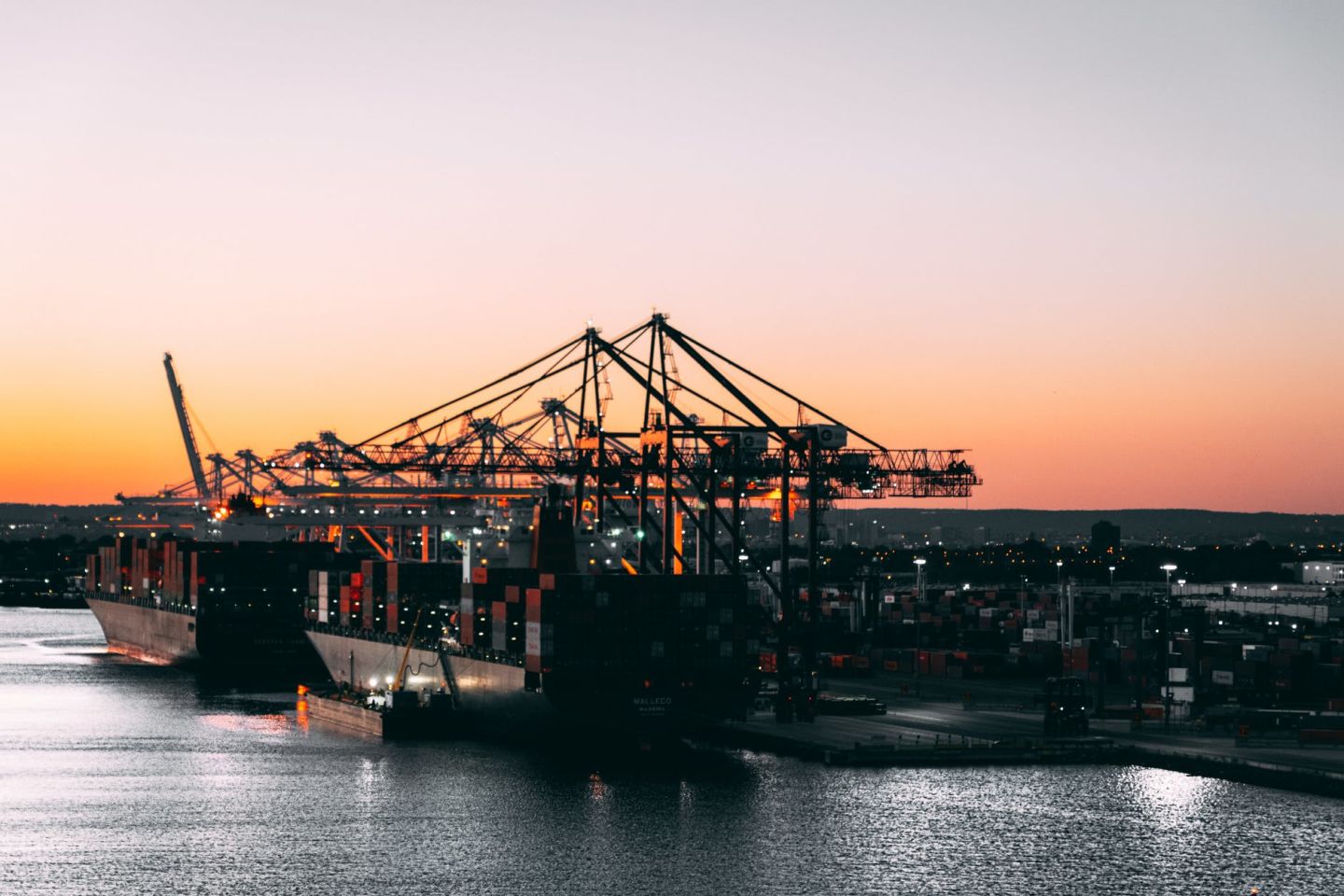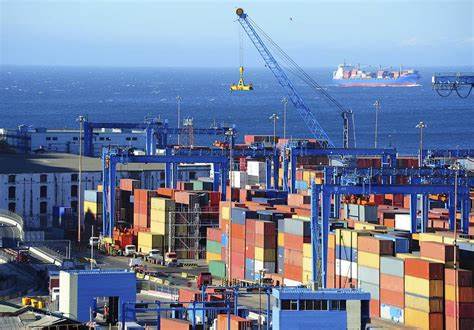General process of export trade
Quotation, order, payment method, goods preparation, packaging, customs clearance, shipment, transportation insurance, bill of lading, and foreign exchange settlement.
1、 Quote
In international trade, it is generally the inquiry and quotation of products as the beginning of trade. The quotation for export products mainly includes: product quality grade, product specifications and models, whether there are special packaging requirements for the product, the quantity of the purchased product, requirements for delivery time, product transportation methods, product materials, etc.
Common quotations include: FOB "Free on Board", CNF "Cost and Freight", CIF "Cost, Insurance and Freight", and other forms.
2、 Order (contract signing)
After both parties reach an agreement on the quotation, the buyer's enterprise formally orders and negotiates with the seller's enterprise on some related matters. After both parties agree through negotiation, a "Purchase Contract" needs to be signed. During the signing of the Purchase Contract, negotiations are mainly conducted on the product name, specifications and models, quantity, price, packaging, origin, shipping date, payment terms, settlement method, claims, arbitration, and other contents, and the agreements reached after the negotiations are written into the Purchase Contract. This marks the official start of export business. Generally, a purchase contract is signed in duplicate and takes effect when both parties affix their official seals to the company, with each party keeping one copy.
3、 Payment method
There are three commonly used international payment methods, namely, letter of credit payment method, TT payment method, and direct payment method. 1. Letter of Credit Payment Method
Letters of credit are divided into two categories: clean draft letters of credit and documentary letters of credit. Documentary credit refers to a letter of credit with specified documents attached. A letter of credit without any documents attached is called a clean draft letter of credit. Briefly speaking, a letter of credit is a guarantee document that guarantees the exporter to recover the payment for the goods. Please note that the shipment period for export goods should be within the validity period of the letter of credit, and the deadline for presentation of documents under the letter of credit must be submitted no later than the validity date of the letter of credit.
In international trade, letter of credit is the most common method of payment, and the date of issuance of the letter of credit should be clear, clear, and complete. Several state-owned commercial banks in China, such as the Bank of China, China Construction Bank, Agricultural Bank of China, and Industrial and Commercial Bank of China, are able to open letters of credit (the opening fee for these major banks is 1.5 ‰ of the opening amount).
2. TT Payment Method
TT payment is settled in foreign currency cash. Your customer will remit the payment to the foreign exchange bank account designated by your company. You can request a remittance within a certain period after the goods arrive.
3. Direct payment method
It refers to direct delivery payment by both parties.
4、 Stock up
Goods preparation plays a crucial role in the entire trade process, and must be implemented one by one in accordance with the contract. The main check items for stock preparation are as follows:
1. The quality and specifications of the goods shall be verified in accordance with the requirements of the contract.
2. Quantity of goods: guarantee to meet the quantity requirements of the contract or letter of credit.
3. Stock up time: According to the provisions of the letter of credit, combined with the shipping schedule, to facilitate the connection of the shipment.
5、 Packaging
You can choose the packaging form according to the different goods (such as cardboard boxes, wooden boxes, woven bags, etc.). Different packaging forms have different packaging requirements.
1. General export packaging standards: packaging shall be carried out according to the general standards for trade exports.
2. Special export packaging standards: packaging of export goods according to the special requirements of customers.
3. The packaging and shipping marks (shipping marks) of the goods should be carefully checked and verified to make them comply with the provisions of the letter of credit.
6、 Customs clearance procedures
Customs clearance procedures are extremely cumbersome and important, and transactions cannot be completed without smooth customs clearance.
1. Export commodities subject to statutory inspection must be issued with an export commodity inspection certificate.
Currently, there are four main links in China's import and export commodity inspection work:
Acceptance of inspection application: Inspection application refers to the application for inspection by foreign trade related parties to the commodity inspection authorities.
○ Sampling: After receiving the application for inspection, the commodity inspection authority shall promptly send personnel to the storage location of the goods for on-site inspection and appraisal.
○ Inspection: After accepting the application for inspection, the commodity inspection authorities carefully study the inspection items applied for and determine the inspection content. "And carefully review the quality, specifications, and packaging provisions of the contract (letter of credit), clarify the basis of the inspection, and determine the inspection standards and methods.". (The inspection methods include sampling inspection, instrumental analysis inspection, physical inspection, sensory inspection, microbial inspection, etc.)
○ Certificate issuance: In terms of export, for export commodities listed in the "Category List", after passing the inspection by the commodity inspection authority, a release form (or a release seal affixed to the "Export Goods Declaration Form" to replace the release form) will be signed.
2. A professional person with a customs declaration certificate must go to the customs to handle customs clearance procedures with documents such as packing slips, invoices, customs declaration authorization letters, export settlement and verification forms, copies of export goods contracts, and export goods inspection certificates.
The packing list is a detailed packing list of export products provided by the exporter.
The invoice is a certificate of export products provided by the exporter.
A declaration authorization letter is a certificate that a unit or individual without the ability to declare customs entrusts a declaration agent to declare customs.
The export verification form is applied for by the exporting unit to the foreign exchange bureau, and refers to a document for obtaining export tax rebates by units with export capabilities.
The commodity inspection certificate is obtained after passing the inspection by the entry-exit inspection and quarantine department or its designated inspection agency. It is a collective term for various import and export commodity inspection certificates, appraisal certificates, and other certificates. It is a valid document with legal basis for all parties involved in foreign trade to fulfill their contractual obligations, handle claims, negotiate and arbitrate, and provide evidence in litigation. It is also a necessary proof for customs to examine and release, collect tariffs, and provide preferential tariff relief
7、 Shipment
During the shipment process, you can determine the shipping method based on the quantity of goods, and insure according to the types of insurance specified in the Purchase Contract. Optional:
1. Full container
Types of containers (also known as containers):
(1) By specification and size: Currently, the commonly used dry containers in the world are:
The external dimensions are 20 feet X 8 feet X 8 feet 6 inches, referred to as a 20 foot container;
40 feet X 8 feet X 8 feet 6 inches, referred to as a 40 foot container; And the 40 foot X 8 foot X 9 foot 6 inch cabinet commonly used in recent years, referred to as the 40 foot high cabinet.
20 foot container: The content volume is 5.69 meters x 2.13 meters x 2.18 meters, the gross weight of the cargo is generally 17.5 tons, and the volume is 24-26 cubic meters
40 foot container: The content volume is 11.8 meters X 2.13 meters X 2.18 meters, the gross weight of the cargo is generally 22 tons, and the volume is 54 cubic meters
40 foot high container: The content volume is 11.8 meters X 2.13 meters X 2.72 meters. The gross weight of the cargo is generally 22 tons, and the volume is 68 cubic meters
45 foot high container: The content volume is 13.58 meters X 2.34 meters X 2.71 meters, the gross weight of the cargo is generally 29 tons, and the volume is 86 cubic meters
20 foot open-top cabinet: the content volume is 5.89 meters X 2.32 meters X 2.31 meters, the gross weight of the cargo is 20 tons, and the volume is 31.5 cubic meters
40 foot open-top cabinet: the content volume is 12.01 meters x 2.33 meters x 2.15 meters, the gross weight of the cargo is 30.4 tons, and the volume is 65 cubic meters
A 20 foot flat bottom container with a volume of 5.85 meters by 2.23 meters by 2.15 meters, a gross weight of 23 tons, and a volume of 28 cubic meters
A 40 foot flat bottom container with a content area of 12.05 meters x 0.12 meters x 1.96 meters, a gross weight of 36 tons, and a volume of 50 cubic meters
(2) According to the material of the container, there are aluminum alloy containers, steel plate containers, fiberboard containers, and fiberglass containers
(3) Classification by use: dry containers; Reefer container; DRESS HANGER CONTAINER; Open top container; FLAT RACK CONTAINER; Tank Container
2. Assembled container
The freight for assembled containers is generally calculated based on the volume and weight of the exported goods.
8、 Transportation insurance
Generally, both parties have agreed on the relevant matters of transportation insurance in advance in the signing of the "Purchase Contract". Common insurances include marine cargo transportation insurance, land and air mail cargo transportation insurance, etc. The risks covered by marine cargo insurance clauses are divided into two categories: basic risks and additional risks:
(1) There are three basic types of risks: Free from Particle Average - F.P.A, With Average or With Particle Average - W.A or W.P.A, and All Risk - A.R. The coverage of FPA insurance includes: total loss of goods caused by natural disasters at sea; Total loss of goods during loading, unloading and transshipment; Sacrifice, contribution, and salvage expenses incurred as a result of general average; Total and partial loss of goods caused by the collision, collision, flood, explosion, grounding, sinking, collision, etc. of the transport vessel. W. P. A. is one of the basic risks in marine transportation insurance. According to the insurance clauses of the People's Insurance Company of China, its scope of liability includes not only the risks listed in the Ping An Insurance, but also the risks of severe weather, lightning, tsunami, flood, and other natural disasters. The scope of coverage for all risks is equivalent to the sum of W. P. A. and general additional risks.
(2) Additional risks. There are two types of additional risks: general additional risks and special additional risks. General additional risks include theft, pilferage and non delivery, fresh water and rain exposure, theft and short shipment, leakage, breakage, hook damage, mixed contamination, package breakage, mildew, moisture and heat, and odor. Special additional risks include war risk, strike risk, etc.
9、 Bill of Lading
A bill of lading is a document that is signed by an export shipping company after the exporter completes export customs clearance procedures and customs clearance for the importer to pick up the goods and settle foreign exchange.
The signed bill of lading is issued in accordance with the number of copies required by the letter of credit, usually three copies. The exporter shall keep two copies for tax refund and other businesses, and one copy shall be sent to the importer for handling procedures such as picking up the goods.
When shipping goods, the importer must present the original bill of lading, packing list, and invoice to pick up the goods. (The exporter must send the original bill of lading, packing list, and invoice to the importer.)
If the goods are transported by air, they can be picked up directly using a fax copy of the bill of lading, packing list, and invoice.
10、 Settlement of foreign exchange
After the export goods are loaded out, the import and export company shall, in accordance with the provisions of the letter of credit, correctly prepare documents such as packing lists, invoices, bills of lading, certificates of origin for export, and export settlement of foreign exchange. Within the validity period of presentation stipulated in the letter of credit, the documents shall be submitted to the bank for negotiation and settlement of foreign exchange.
In addition to the use of letter of credit for settlement, other payment methods generally include wire transfer (TELEGRAPHIC TRANSFER (T/T)), draft transfer (D/D), and mail transfer (M/T). Due to the rapid development of electronic technology, wire transfer is now the main method of remittance. (In China, enterprises enjoy preferential export tax rebate policies for export)
General process of import trade
Flow chart and brief description of handling customs import procedures
1. Generally, import from abroad to domestic
Inbound goods ->Foreign trade companies or entrusted foreign trade companies to handle customs entry procedures ->Import
Remarks: 1. A foreign trade company refers to an enterprise that has been approved by the Ministry of Economic and Trade of the People's Republic of China or provincial or municipal economic and trade commissions to operate and act as an agent for import and export commodities.
2. Required customs clearance documents: 1) Import contract 2) Import invoice 3) Packing list 4) Ocean bill of lading 5) Bill of lading (original ocean bill of lading endorsement, fax air transport document exchange) 6) Various import licenses (according to the provisions on the customs commodity number)
2. Deemed imported from abroad to the bonded area
Inbound goods ->Enterprises in the bonded area go through customs filing procedures in the bonded area on their own ->Warehouses in the bonded area
Remarks: 1. Customs filing means that the importer truthfully declares the imported goods to the customs without the need for tax increases and import licenses. The goods entered into the zone after filing are in a bonded state.
2. Documents required for customs filing: 1) Import contract (exempted if the foreign seller is our system) 2) Import invoice 3) Packing list 4) Bill of lading (original ocean bill endorsement, air waybill exchange) 5) Ocean bill and air waybill 6) Bonded warehouse entry register
3. Import from bonded area to domestic
Goods in the warehouse in the bonded area ->customs clearance procedures in the bonded area or customs verification procedures in the bonded area, customs clearance procedures ->import
Note: 1. Method B refers to the method that can be applied to warehouses and production enterprises that invest in and operate their own products in the bonded area and have been approved by the customs of the bonded area for monthly, quarterly, and other verification periods. The feature is that goods can be sold domestically first, followed by customs declaration, tax payment, and certificate payment.
2. Customs clearance and verification documents: 1) Import contract (for enterprises and foreign trade companies in the bonded area) 2) Import invoice (for enterprises and foreign trade companies in the bonded area) 3) Packing list 4) Delivery list (original) 5) Various import licenses (according to the regulations on the customs commodity number)
4. Import from abroad through bonded area customs (one-time) into China
Inbound goods ->Trading companies outside the bonded area acting as import agents for customs clearance procedures in the bonded area ->Domestic
Remarks: 1. This method is an import customs clearance method for enterprises in the bonded area to ensure their independent overseas business.
2. Customs clearance documents: 1) Import contract (exempted if the foreign seller is the company's system) 2) Import invoice 3) Packing list 4) Bill of lading (endorsement of the original ocean bill of lading, exchange of the air bill of lading) 5) Ocean bill of lading, air bill of lading 6) Import contract (enterprises and foreign trade companies in the bonded area) 7) Import invoice (enterprises and foreign trade companies in the bonded area) 8) Various import licenses (according to the customs commodity number regulations)










